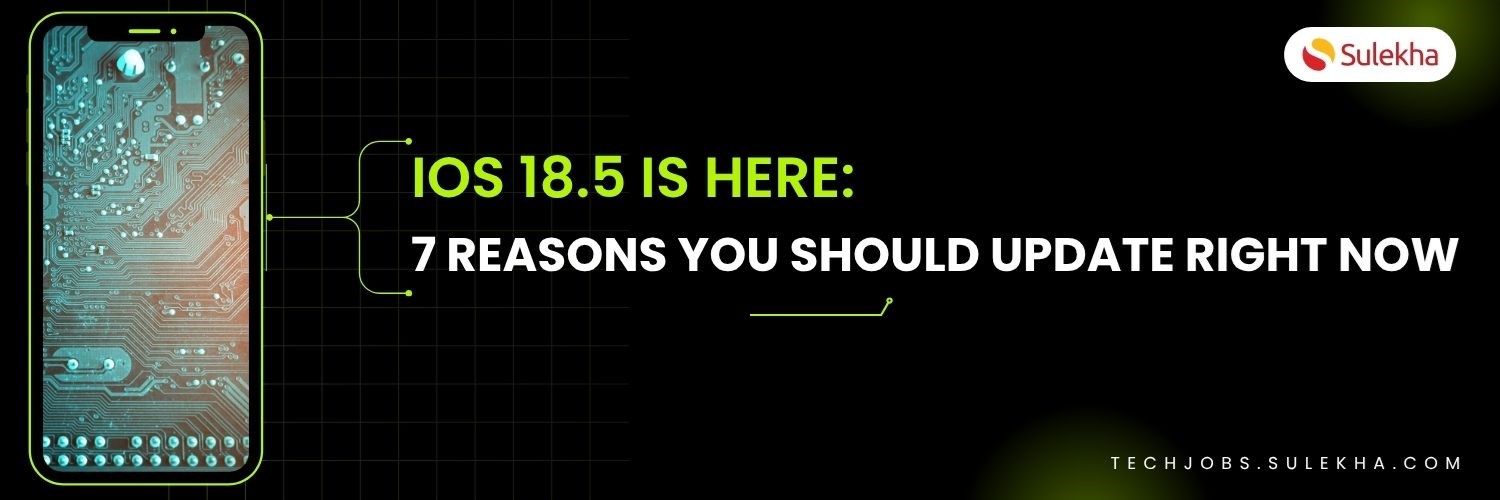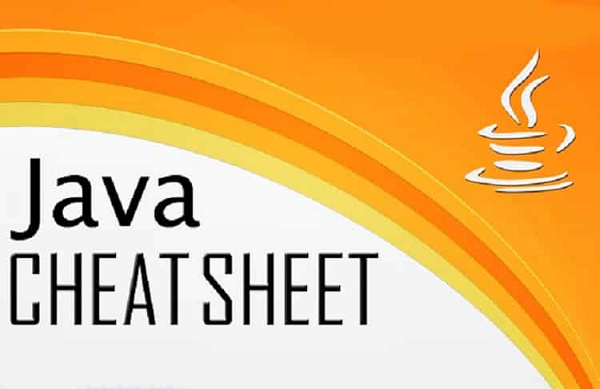Top 4 Reasons to Use Java in Embedded Apps
Internet is Intelligence in today’s time. As promised, everything from cars to light-bulbs is to be networked together with in-built intelligence. For instance, Philips recently publicized that it is coming up with internet-enabled lights through Apple store. For such networked and well programmable devices to work efficiently, they also require applications for collecting, processing and transmitting data. Conventionally, C is the programming language for all embedded systems. However, for faster explosion of connected, programmable devices, something better is needed, and that’s Java.

Java Development Since 1995
Java was developed in 1990s. It was mainly used to write applications for Star7 PDA, an embedded device. Later in 1995, Java was launched for general purpose computing platform. Even today, Java SE runtime uses only 64MB RAM on Windows XP platform. Typically low-end embedded systems either match or simply exceed such specifications.From the early beginning, Java was developed to work mainly in resource-constrained environments, which made it ideal for embedded systems of today. For instance, Oracle Java ME Embedded runs in 350KB ROM with 130KB RAM, now growing to 1.5MB ROM with 700KB RAM for full and standard configuration.
From the early beginning, Java was developed to work mainly in resource-constrained environments, which made it ideal for embedded systems of today. For instance, Oracle Java ME Embedded runs in 350KB ROM with 130KB RAM, now growing to 1.5MB ROM with 700KB RAM for full and standard configuration. Fact is that Oracle Java SE Embedded is created for powerful systems, but it still needs only 39MB ROM and 32MB RAM.
There are several factors that make Java a superior language for all embedded devices.
#1: Java is the Wheel of Embedded Systems
There are over 4000 standard class libraries of Java SE7 that covers everything starting from collections to concurrency and networking. With such an enormous collection of excellent APIs, it would take significantly lesser time to rewrite the standard functionality of embedded applications. Whilst some smaller parts of Java platform like Oracle Java ME Embedded doesn’t have several standard classes, they do have the richness of functionality. Most of the Oracle Java ME Embedded APIs target the requirements of embedded systems.
#2: Robust Application Codes
One of the greatest strengths of Java, which has also made it such a popular and reliable programming language, is its robustness. Languages like C and C++ generally use certain explicit pointers for reference memory. However, in Java, there are only implicit pointers, which can’t be manipulated by the application code. This can avoid all potential problems like memory access violation and buffer overruns, through those incorrect pointer calculations. Such situations can lead to an abrupt end of the application. In case of embedded systems, such errors are tougher to track down as there’s no device like a screen where errors could be displayed.
#3: Java is One Platform for All
Unlike most desktop machines or servers, these embedded systems have different resources, OS capabilities and architecture. When these systems are updated, the OS and processors also change significantly from its previous release. Contrarily, migrating applications that are written in C or assembler to any new platform is usually expensive, error-prone and expensive. Right from the start, Java is written once and run anywhere. Java porting code is non-event. If none of the existing APIs are changed, the pre-existing JAR (Java archive) or class files can be redeployed. To move to a newer Java version, just recompile.
#4: Java Virtual Machine Offers Added Benefits
JVM is the ultimate choice for embedded developers, which they cannot find with any natively compiled code. It can handle memory management automatically; memory allocation is done by instantiating the object instead of using explicit calls for library functions like malloc. Developers need not keep a record of object references or de-allocate memory explicitly; the garbage collector does it all. This reduces potential for any memory leak that could have a greater impact on the embedded systems, especially in cases when applications run for longer period of time in memory-constrained environment without restarting.
JVM also handles concurrency support. It can create as well as synchronize varied threads of execution right from the start.
Find a course provider to learn Java
Java training | J2EE training | J2EE Jboss training | Apache JMeter trainingTake the next step towards your professional goals in Java
Don't hesitate to talk with our course advisor right now
Receive a call
Contact NowMake a call
+1-732-338-7323Take our FREE Skill Assessment Test to discover your strengths and earn a certificate upon completion.
Enroll for the next batch
Advanced Java and Java spring boot Hands-on Training with Job Placement + Internship
- Sep 1 2025
- Online
Java
- Sep 2 2025
- Online
Advanced Java and Java spring boot Hands-on Training with Job Placement + Internship
- Sep 3 2025
- Online
Java
- Sep 4 2025
- Online
Advanced Java and Java spring boot Hands-on Training with Job Placement + Internship
- Sep 5 2025
- Online
Related blogs on Java to learn more

Unlock the Power of Java: Build Your Future in Tech
"Discover Java's power and versatility with Sulekha Tech Courses. Find expert-led training near you and unlock career opportunities in software development, Android apps, and big data."

How to deploy Java applications on cloud platforms like AWS and Azure?
Learn how to deploy Java applications on cloud platforms like AWS and Azure
Want to Earn 6 Digit Salary in Java Profession – Learn Java Cheat Sheet Course Online
There are many different online Java cheat sheet courses available, each with its own distinctive features and advantages. One of the most popular and effective Java cheat sheet courses is the Java 7 Essentials course from Udacity. This course is des

Kotlin programming language makes developers happy!
Kotlin is taking the software industry by storm, and it is a cross-platform, statically typed, general-purpose programming language with type inference. Professional trainers with immense experience are training students for years. You can check the

All new Java certification, Complete guide to Java SE 11 Certification
Java has been predominantly reining the kingdom of the IT industry, and in recent times, the TIOBE Index ranked Java as the top-most programming language. Oracle has released a new

Top Websites to Learn Java
Java is among the widely used programming languages in the IT industry. For those, who want to be a programmer or a developer, Java is the right language to start with. It is a general-purpose, object-oriented language which was introduced in 1995 by

All you need to know about Oracle for Java EE SE7!
This comprehensive enterprise software development platform SDK provides support for Java EE 5 specifications and the Java Application Platform SDK features additional runtimes such as Open ESB, Portlet Container, and Sun Java System Access Manager.

Java, the possible Internet programming king
Built for embedded computing and streamlined for real-time, here's why Java is the language of Internet of Things

Web Development Tools for Java Developers
Java developers are lucky enough to have a wide range of open source and premium tools to develop applications more efficiently and effectively.
Latest blogs on technology to explore

Understanding Artificial Intelligence: Hype, Reality, and the Road Ahead
Explore the reality of Artificial Intelligence (AI) — its impact, how it works, and its potential risks. Understand AI's benefits, challenges, and how to navigate its role in shaping industries and everyday life with expert training programs

How Much Do Healthcare Administrators Make?
Discover how much healthcare administrators make, the importance of healthcare, career opportunities, and potential job roles. Learn about salary ranges, career growth, and training programs with Sulekha to kickstart your healthcare administration jo

How to Gain the High-Income Skills Employers Are Looking For?
Discover top high-income skills like software development, data analysis, AI, and project management that employers seek. Learn key skills and growth opportunities to boost your career.

What Companies Expect from Product Managers in 2025: Skills, Tools, and Trends
Explore what companies expect from Product Managers in 2025, including essential skills, tools, certifications, and salary trends. Learn how to stay ahead in a rapidly evolving, tech-driven product management landscape.

Breaking Into AI Engineering: Skills, Salaries, and Demand in the US
Discover how to break into AI engineering with insights on essential skills, salary expectations, and rising demand in the US. Learn about career paths, certifications, and how to succeed in one of tech’s fastest-growing fields.

Cybersecurity Training: Powering Digital Defense
Explore top cybersecurity training programs in the USA to meet rising demand in digital defense. Learn about certifications, salaries, and career opportunities in this high-growth field.

Why Pursue Data Science Training?
Empower your career in a data-driven world. Learn why data science training is crucial for high-demand jobs, informed decisions, and staying ahead with essential skills.

What Does a Cybersecurity Analyst Do? 2025
Discover the vital role of a Cybersecurity Analyst in 2025, protecting organizations from evolving cyber threats through monitoring, threat assessment, and incident response. Learn about career paths, key skills, certifications, and why now is the be

Artificial intelligence in healthcare: Medical and Diagnosis field
Artificial intelligence in healthcare: Medical and Diagnosis field

iOS 18.5 Is Here: 7 Reasons You Should Update Right Now
In this blog, we shall discuss Apple releases iOS 18.5 with new features and bug fixes
